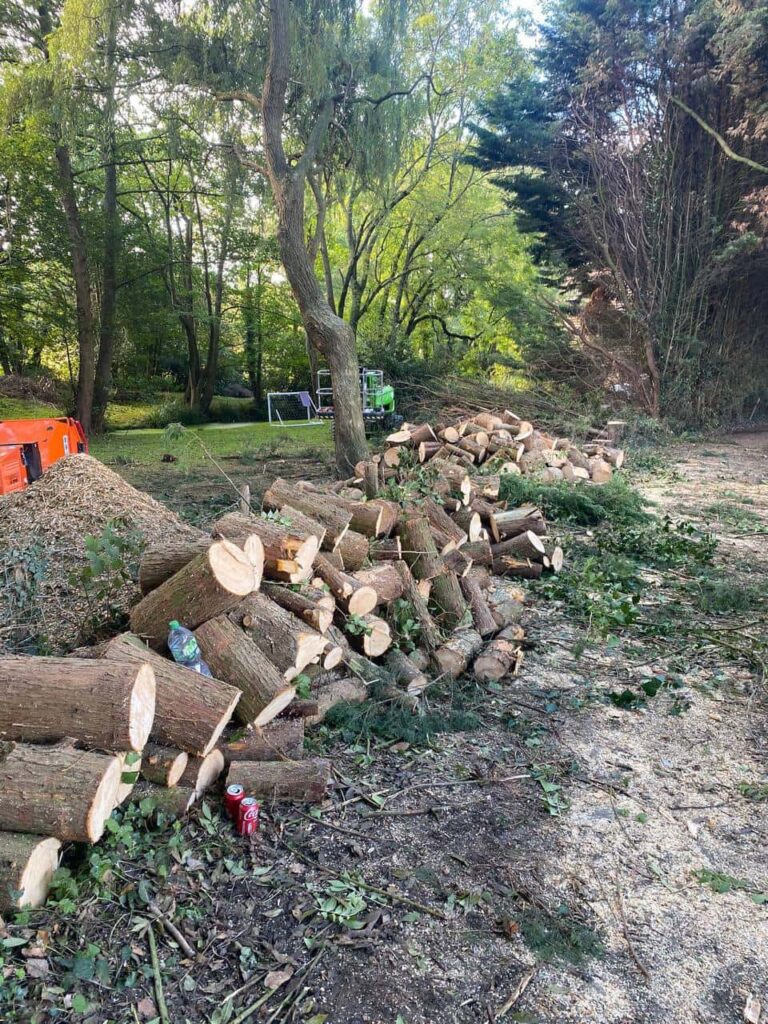Tree Surgery and Bonsai: Miniaturising Nature’s Giants
Introduction: Bonsai, the art of cultivating and shaping miniature trees, has captivated people worldwide for centuries. These living works of art offer a unique way to appreciate the beauty of trees on a small scale. But have you ever wondered how tree surgery techniques are applied to bonsai trees? At Shefford Tree Surgeons, we find the intersection of tree surgery and bonsai to be a fascinating blend of skill, patience, and artistry. In this blog post, we’ll explore the connection between tree surgery and bonsai, shedding light on how these techniques are used to miniaturise nature’s giants.
The Art of Bonsai: A Brief Overview
Bonsai is an ancient Japanese art form that involves cultivating small trees in containers. The word “bonsai” itself means “planted in a container” (bon, meaning tray or dish, and sai, meaning plant). Bonsai trees are meticulously shaped and pruned to resemble full-sized trees, creating the illusion of a mature forest within a small space.
Tree Surgery Meets Bonsai
While bonsai trees are miniature, they require the same level of care, attention, and sometimes even tree surgery techniques as their larger counterparts. Here’s how tree surgery principles apply to bonsai:
1. Pruning: Pruning is an essential part of bonsai cultivation. Tree surgeons and bonsai enthusiasts use pruning to shape the tree, remove dead or unwanted branches, and encourage healthy growth.
2. Wiring: Wiring is used in tree surgery and bonsai. Bonsai gently wraps wire around branches to guide their growth and create the desired shape. This process requires a delicate touch to avoid damaging the tree.
3. Disease and Pest Management: like full-sized trees, Bonsai trees can also fall victim to diseases and pests. Tree surgeons and bonsai enthusiasts must monitor their trees for signs of trouble and take appropriate action to protect their health.
4. Repotting: Bonsai trees need periodic repotting to refresh their soil and provide room for root growth. This process mirrors the transplanting techniques tree surgeons use to relocate trees successfully.
5. Styling: Bonsai styling involves shaping the tree to mimic a particular tree species or style. This artistic aspect of bonsai allows for endless creativity and personal expression.
6. Healing and Wound Care: Bonsai trees, like their larger counterparts, can develop wounds or scars from pruning. Proper wound care techniques are essential to encourage healing and prevent infections.
Benefits of Bonsai Tree Surgery
- Artistic Expression: Bonsai allows individuals to express their creativity and appreciation for nature through tree shaping and styling.
- Mindfulness and Patience: Cultivating bonsai trees requires patience and mindfulness, making it a meditative and rewarding hobby.
- Connection to Nature: Bonsai enthusiasts feel deeply connected to nature as they care for and shape their miniature trees.
Conclusion: Tree surgery techniques have found a unique application in the bonsai world, allowing enthusiasts to create miniature masterpieces that capture the essence of nature’s giants. Whether you’re a seasoned tree surgeon or a novice bonsai enthusiast, both fields require a deep understanding of tree biology, a steady hand, and a passion for preserving and celebrating the beauty of trees, no matter their size. At Shefford Tree Surgeons, we appreciate bonsai enthusiasts’ artistry and dedication to this ancient craft. If you’re interested in learning more about bonsai or need tree surgery services, please contact us. Together, we can continue to nurture and appreciate the wonder of trees, big or small.
Call us on: 01462 418 496
Click here to find out more about Shefford Tree Surgeons
Click here to complete our contact form and see how we can help with your tree’s needs.

